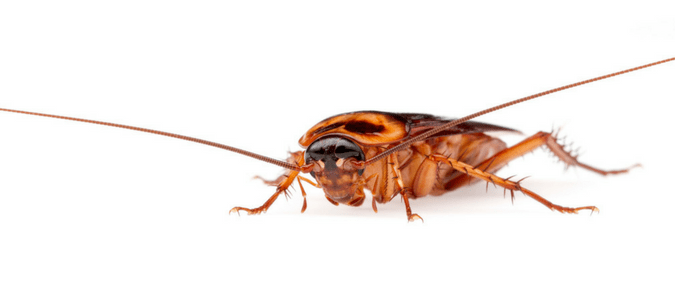Checklist for Cleaning Up Your Lawn Act
You’ve cleaned up the last of the dead leaves, finished mowing the lawn, and trimmed dead flowers from your landscaping beds. Your home’s lawn maintenance is nearly done, but you still have a few last chores to complete.
Clean Your Gutters
Even though you cleaned up your yard, there are likely thousands of leaves trapped in your gutters, which will overflow during heavy rainfall. Besides making the ground around your home a muddy mess, sitting water can actually cause foundation damage, so you want to make sure that your gutters are completely clean before the temperature drops below freezing.
Trim Dead Branches
Dead branches can snap off and cause damage if it snows, so trim off any dead branches that you can easily reach with a ladder. Hire a tree trimming company if you can’t reach high branches. Large branches make great firewood logs, and you can use smaller branches as kindling.
Prepare Engines
Once all … Read Full Post »
